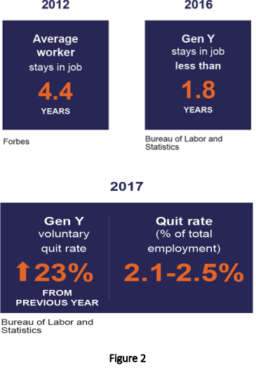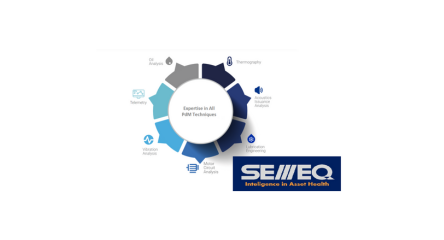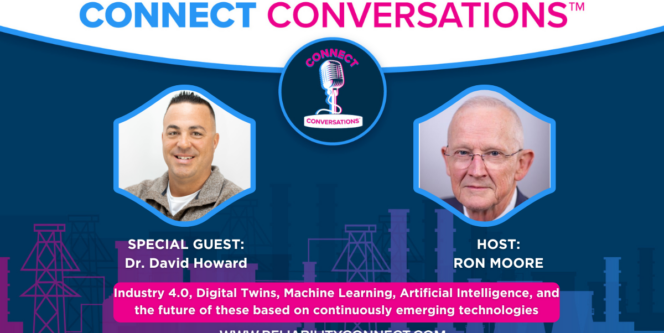Data analysis shows that America is losing its skilled, competent workforce due the retiring baby boomer generation. Dr. Gustavo Grodnitzky stated in his work, Ready or Not, Here They come!, “For the first time in the history of mankind, there are four generations in the workforce. There are 35 million Traditionalists (Silent Gen) and 84 million Baby Boomers, the largest number of workers, which began to retire in 2010-11. There are 68 million Generation Xers and 79 million Generation Yers (Millennials as they are better known). There will be no escaping the demographic reality that in the very near future, there will be 84 million retiring Baby Boomers, followed by 68 million Gen Xers to replace them. This will create an employee vacuum in the workforce that only the 79 million Gen Yers can fill, increasing the demand and completion for Gen Y employees, in addition to increasing the ongoing challenges of working with a multigenerational workforce.”
Dr. Gustavo also points out that not only are we facing a skills gap in the U.S. workforce, but if companies want to hold on to the next generation workers and leaders they need to be aware of what the data is showing and make adjustments within their organizations to retain them. (Ref. figure 2) The data analysis points out that the main reason for past success in the workplace with knowledge transfer applied to practical hands on skills is due in a large part to the more senior, experienced workers coaching and teaching the newer hires as they came into the workplace. With fewer and fewer of these older, highly capable individuals in the workplace, the ability to transfer knowledge and practical hands-on skills to the next generation workforce is being reduced in greater degrees here in the U.S., across a multitude of industries. As a result, the data are starting to show workplace injuries on the rise, equipment failures are more frequent, and productivity is suffering as companies struggle to hold on to this younger workforce past year one, once they ‘train them up.’

To understand this point better, we turn to Jim Wetherbee, an expert in safety culture and leadership development for hazardous operations. In his book, Controlling Risk in a Dangerous World, Jim explains the role of organizational risk management and the responsibility of the executives to their senior leaders, to the mid-level managers and the frontline operational leaders. Jim notes the ‘Three Cs’ characteristics of operating leaders to manage risk in any hazardous organization: Commitment, Caring, Competence.
“The success of an organization depends on the ability of its executives to use the proper leadership skills to inspire managers and operators to work together in a high-quality and safe way as they confront hazards . . . leaders in all businesses learn from observing the behaviors and skills of those who lead other people in dangerous environments, where the penalty of failure can be death.” Jim goes on to state that “Professional competence is one of the foundational skills required to build trust. When a leader/co-worker possesses superior knowledge and elite skills, the team will trust them to help them survive, overcome obstacles, and accomplish the mission.”
Authors Anntoinette Lucia and Richard Lepsinger (The Art and Science of Competency Models) write, “Assume that you are essentially starting with a blank slate and monitoring your best performers to determine what makes them best. Starting from scratch is appropriate for developing a competency model for any job, function, or role in the organization. It is time-consuming, but yields results that are role- and company-specific . . . The primary difference [in the alternative approach] is the use of a validated model as the starting point instead of extensive interviews and observations of incumbents on the job . . . This method is best suited for leadership and management roles that cut across several functions and for positions that require limited technical skills and knowledge.”






